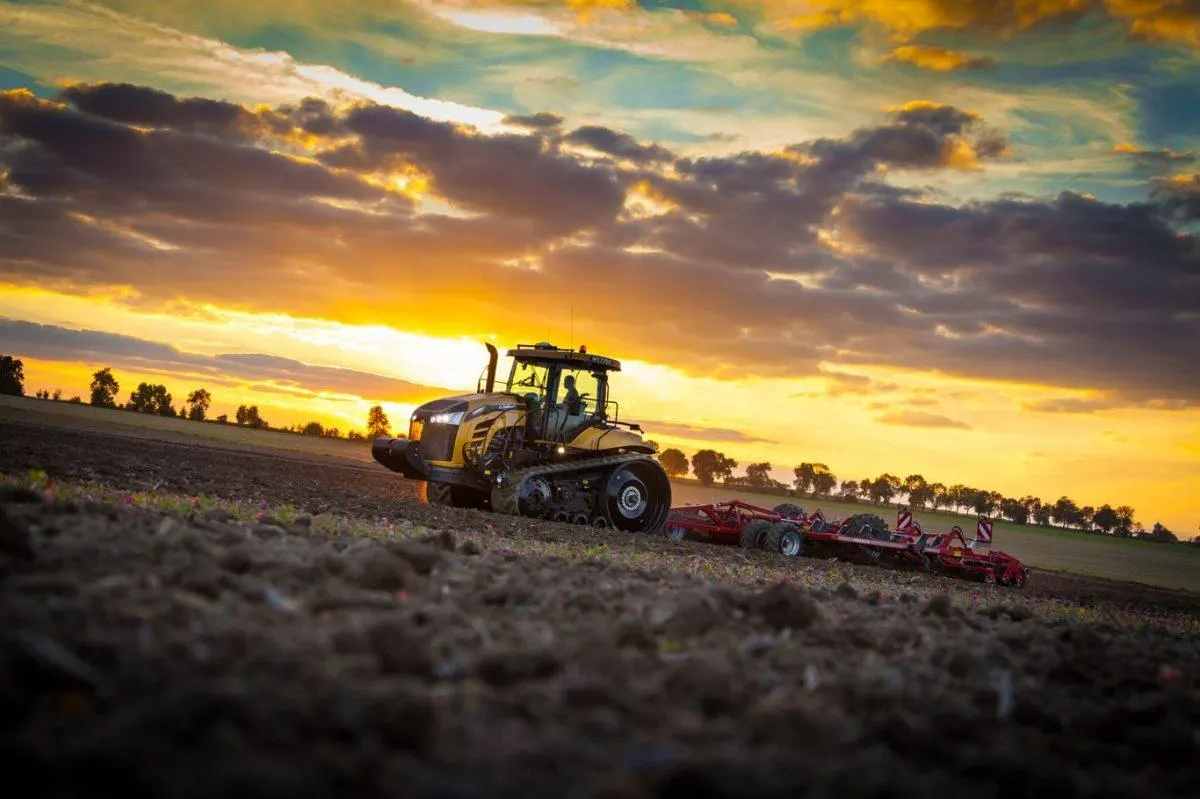YETRAC
Challenger Tractor: Revolutionizing Agriculture with Innovation
Challenger Tractor: Revolutionizing Agriculture with Innovation
In the realm of agricultural machinery, Challenger has emerged as a trailblazing American brand that has reshaped farming practices worldwide. Established in 1986 under the stewardship of Caterpillar Inc., Challenger soon made its mark and, in 2002, found a new home under AGCO’s umbrella. Let’s delve into the fascinating journey of Challenger tractors.
The Pioneering Concept of Rubber Tracks
Challenger’s legacy began with the introduction of the Challenger 65 model, which showcased the groundbreaking Mobile-Trac System (MTS). This innovative system integrated rubber tracks with a sophisticated suspension, pioneering the concept of rubber-tracked agricultural tractors. While marketed as the world’s first rubber-tracked agricultural tractor, it’s worth noting that the design was inspired by military tanks, and a few surplus equipment-driven tractors had already ventured into this terrain. The MTS combined the best of both worlds—offering the flotation and traction advantages of steel tracks with the versatility of rubber tires. The use of tracks significantly enhanced tractive performance compared to conventional four-wheel-drive tractors equipped with tires. The Challenger 65, initially boasting 270 gross hp (200 kW), found its primary niche in heavy tillage operations.
Evolution into the Row Crop Segment
In 1995, Caterpillar embarked on a new chapter by introducing the first “row crop” tracked machines with the Challenger 35, 45, and 55 models. Ranging in power from 130 KW PTO to 168 KW, these tractors were designed to tackle various tasks that their larger counterparts couldn’t. The production of Challenger tracked tractors was initially based at Caterpillar’s Dekalb, Illinois location. However, this chapter saw a significant transition as the Challenger name, along with all its agricultural assets, was acquired by AGCO.
The Challenger’s Journey Under AGCO
Since AGCO’s acquisition of the Challenger brand in 2002, these tractors have rolled off the assembly line in Jackson, Minnesota. While AGCO shifted the brand’s focus to the agricultural market, Challenger tractors continue to play a pivotal role in the construction sector, with specially configured machines designed for use with pull-type earthmoving equipment.
One of the highlights of Challenger’s history was the formidable Caterpillar Challenger MT875B. With a whopping 430 kW gross (580 hp) engine power, it held the title of the most powerful production tractor during its reign. In 2007, the MT875B etched its name in the record books by tilling an astounding 644 hectares (1,590 acres) of land in just 24 hours, employing a custom-made 14-meter (46 ft) disc harrow fabricated by Grégoire Besson. Remarkably, it consumed a mere 4.42 liters per hectare (0.393 imp gal/acre) of diesel fuel.
A Glimpse into the 21st Century
Challenger tractors embraced the 21st century with advanced technologies. The majority of their models began featuring Caterpillar diesel engines. With the introduction of the D series, AGCO adopted AGCO Power branded engines, which comply with Tier 4i/Stage 3B emission standards. This transition involved the implementation of e3, a Selective Catalytic Reduction system injecting urea into the engine’s exhaust gas stream to reduce emissions of nitrogen oxides and particulate matter.
As of 2023, Challenger’s production line includes only tracked tractors in the 700 Series (MT738, MT740, and MT743 models) and 800 Series (MT851, MT856, MT862, and MT865 models). AGCO commenced phasing out the Challenger brand in 2020. Furthermore, the Rogator application machine is now produced and marketed under AGCO’s Fendt brand.
Challenger tractors have not only been a cornerstone of innovation but have also played a pivotal role in shaping modern farming practices. From their inception with the Mobile-Trac System to their record-breaking achievements, Challenger has left an indelible mark on the agricultural machinery landscape. Though the brand’s identity has evolved, its commitment to excellence remains unwavering.
To explore more about Challenger tractors and their legacy, you can visit their Official website.

